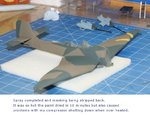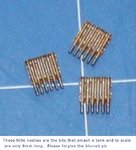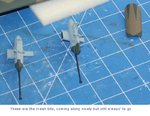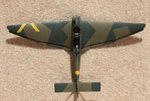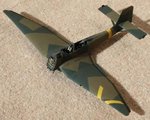Airframes
Benevolens Magister
Bl**dy Hornby Hobbies, using the good old Humbrol name on cr*p products!
I didn't know you could get thermometers that had readings higher than 20 Degrees C / 68 F !!!
I didn't know you could get thermometers that had readings higher than 20 Degrees C / 68 F !!!




